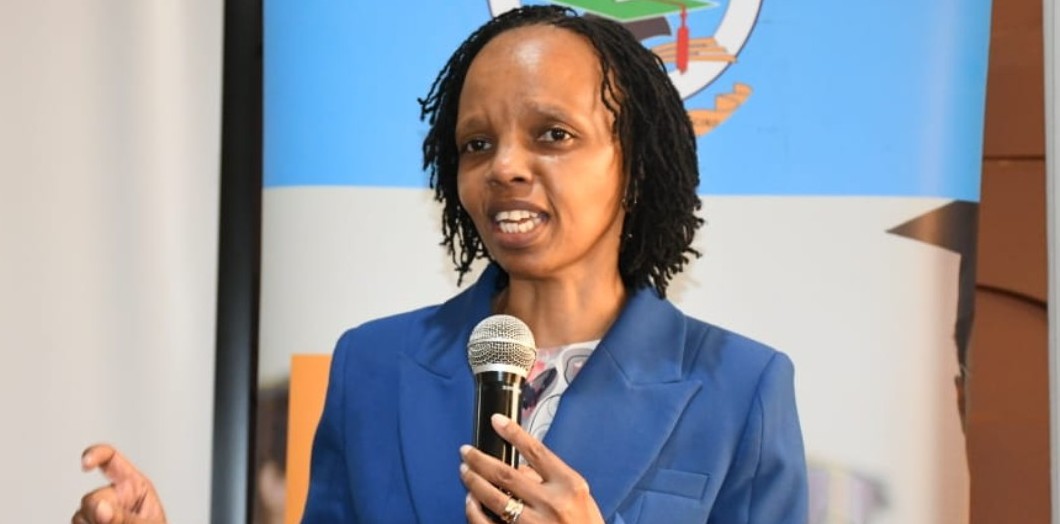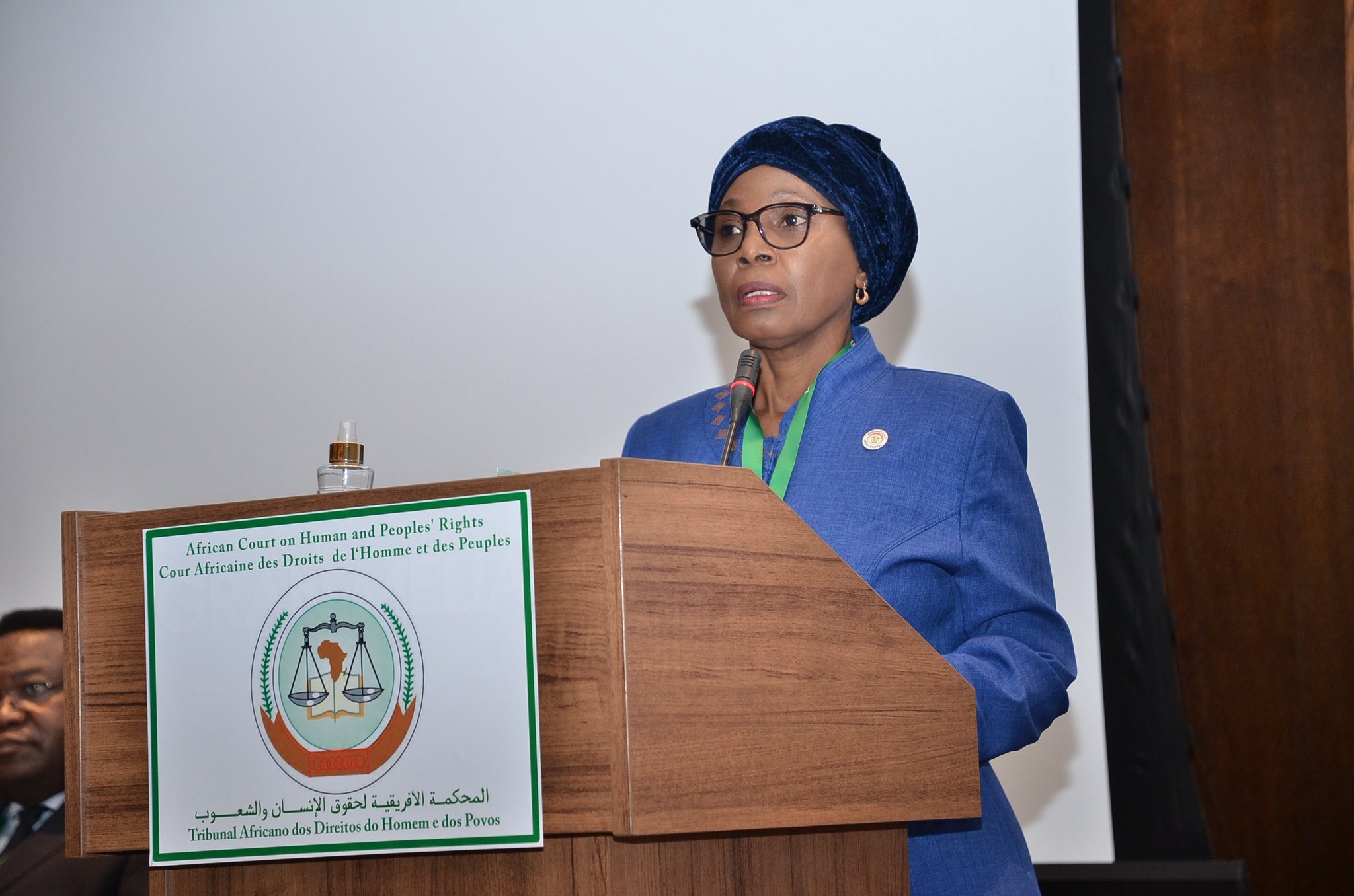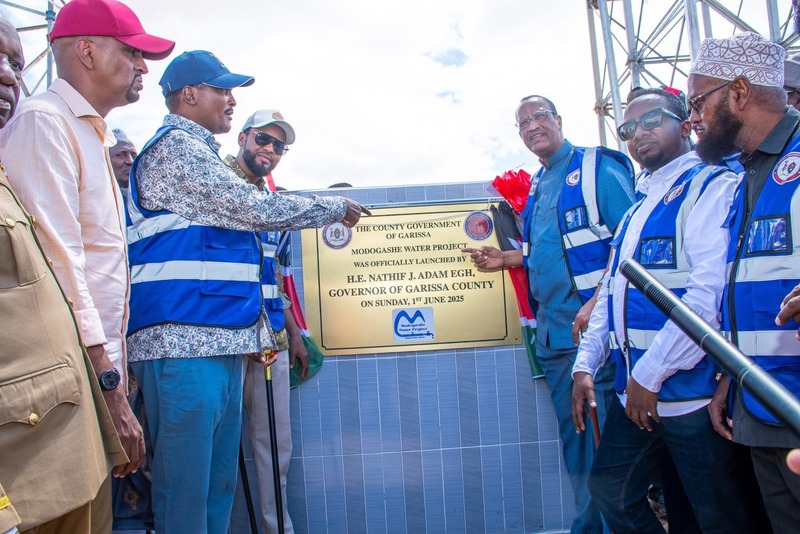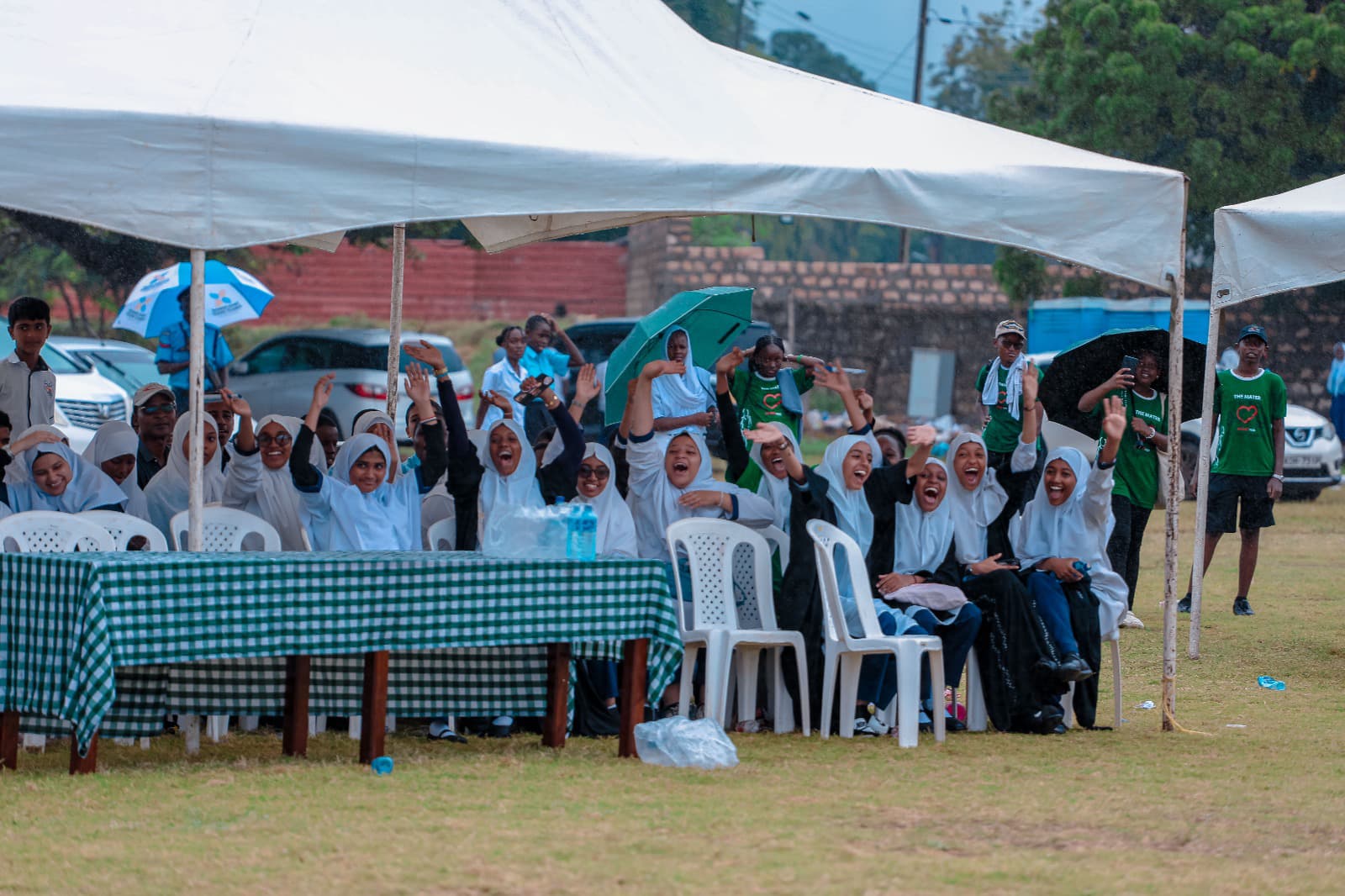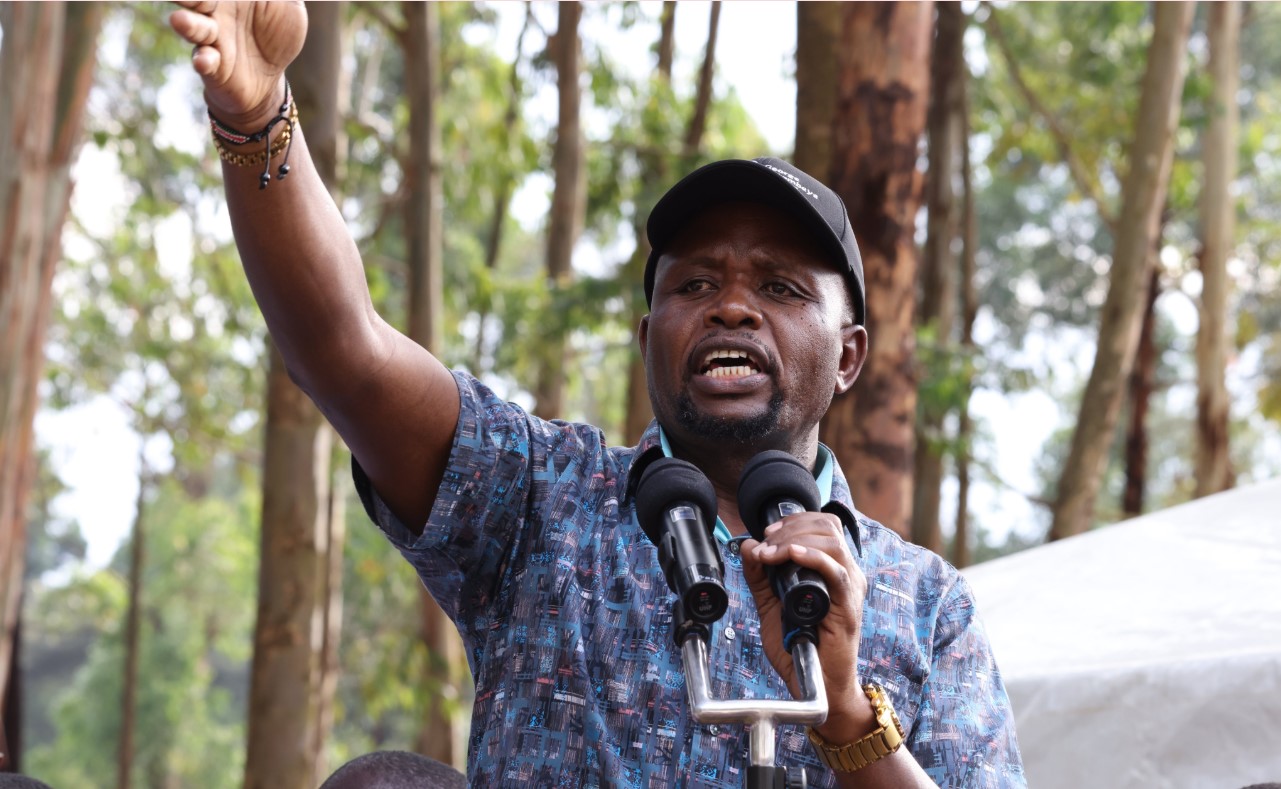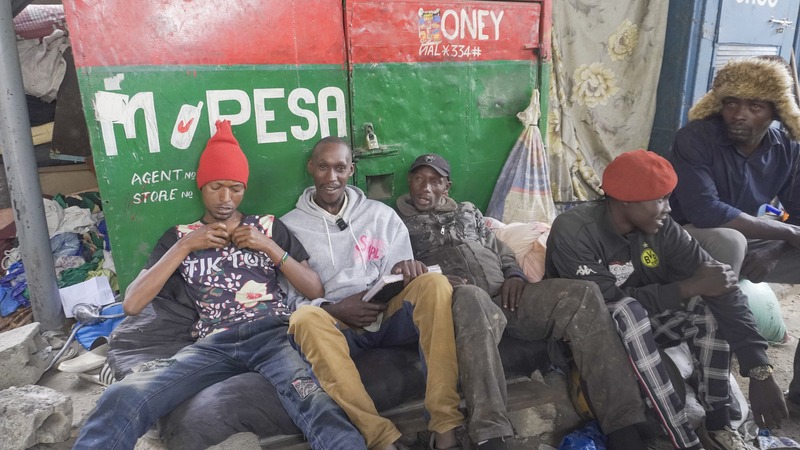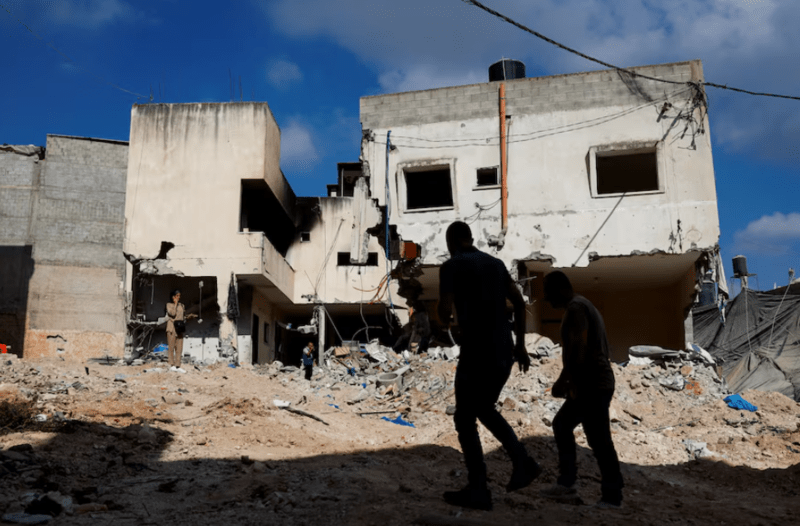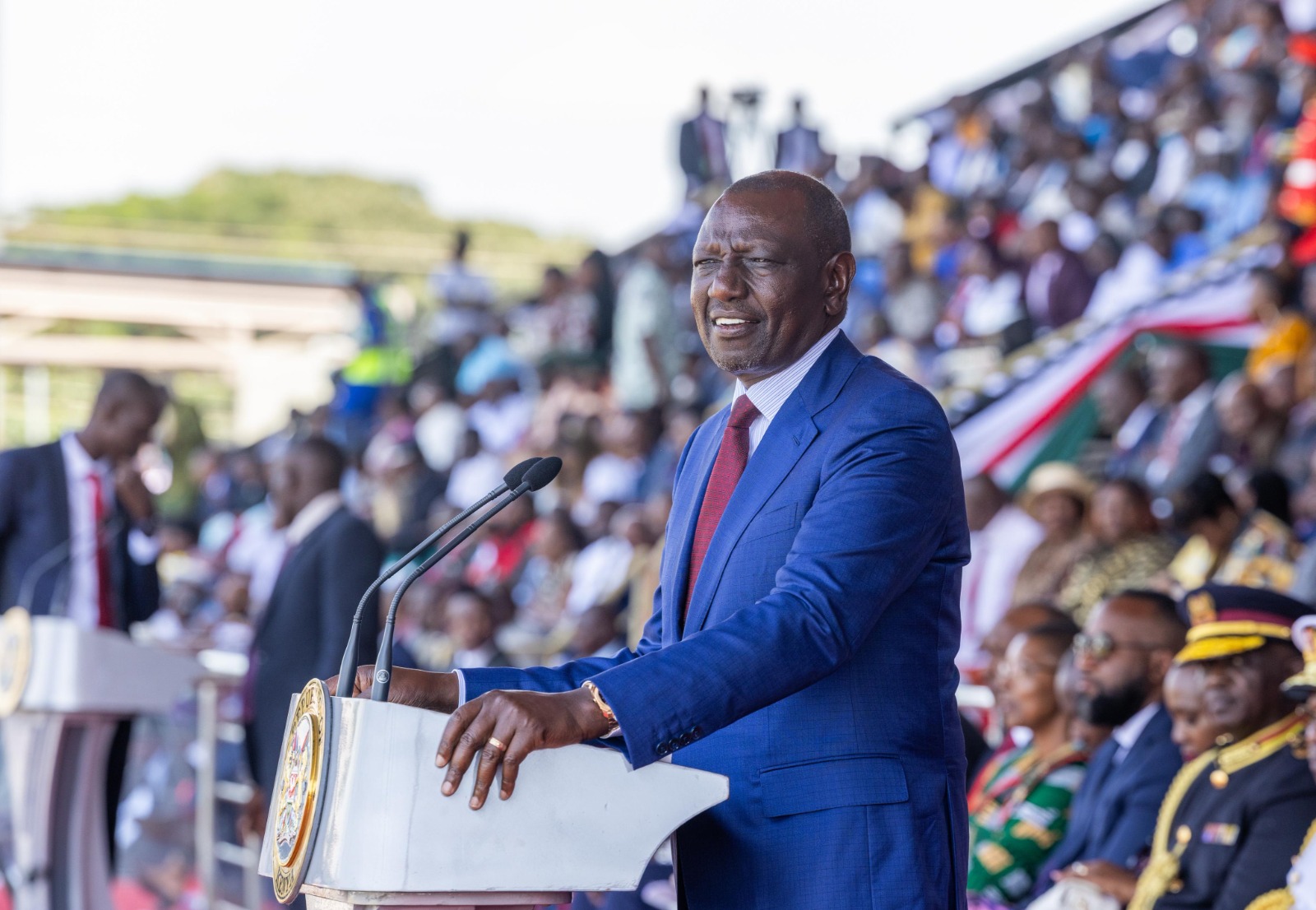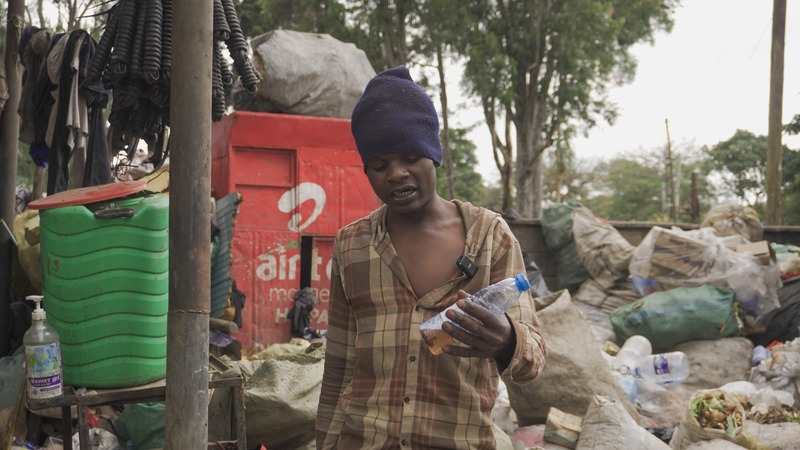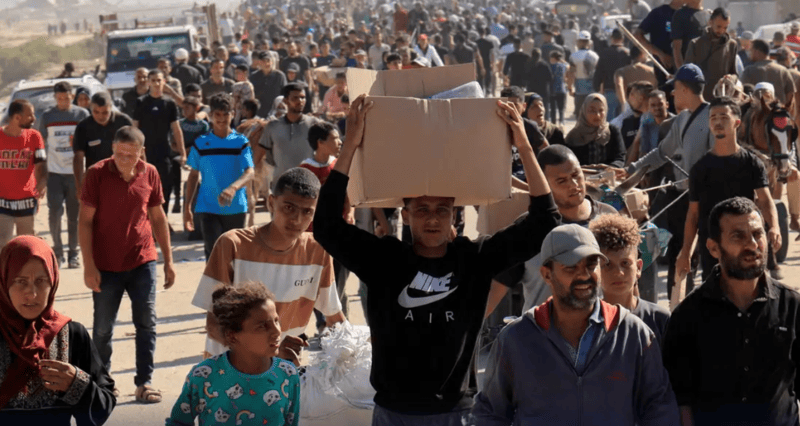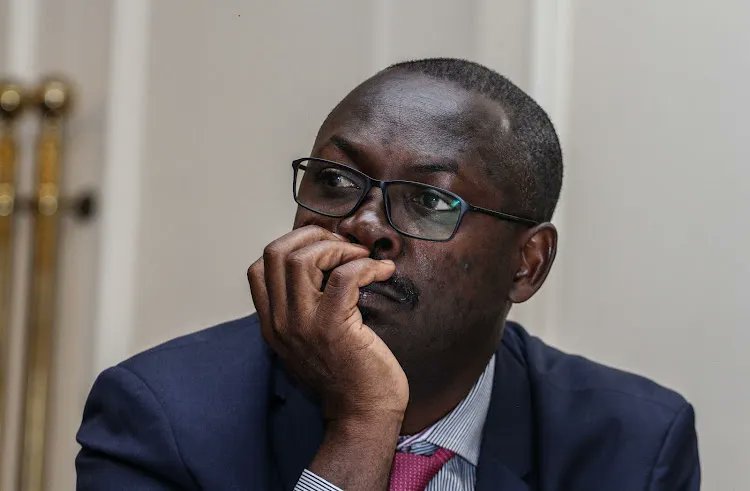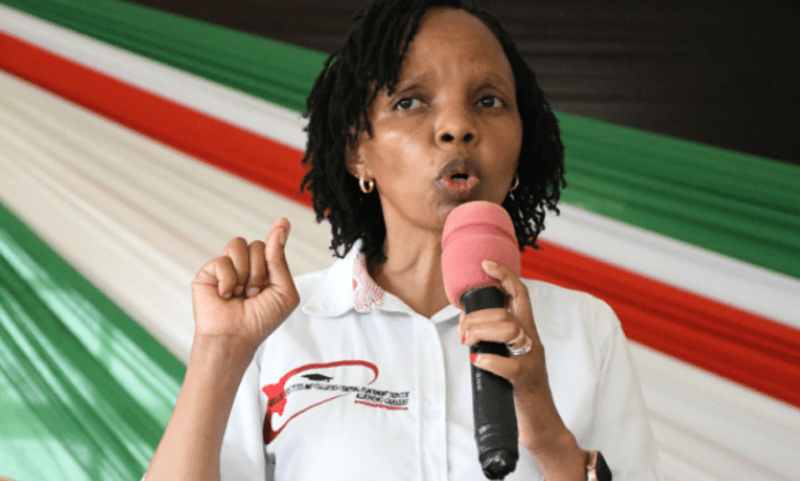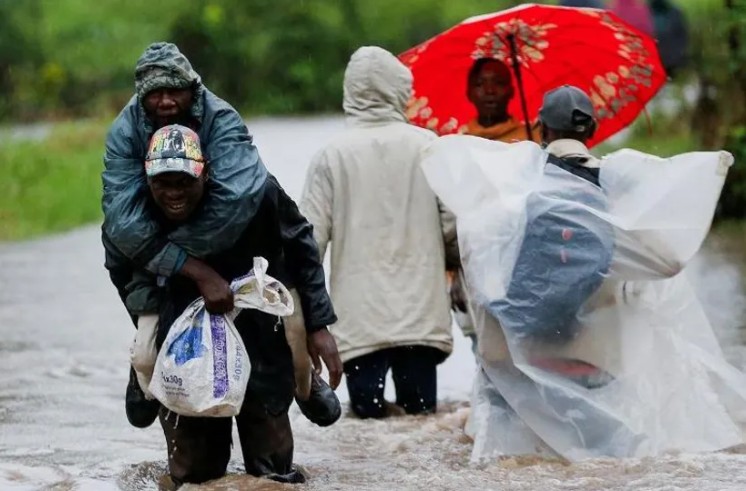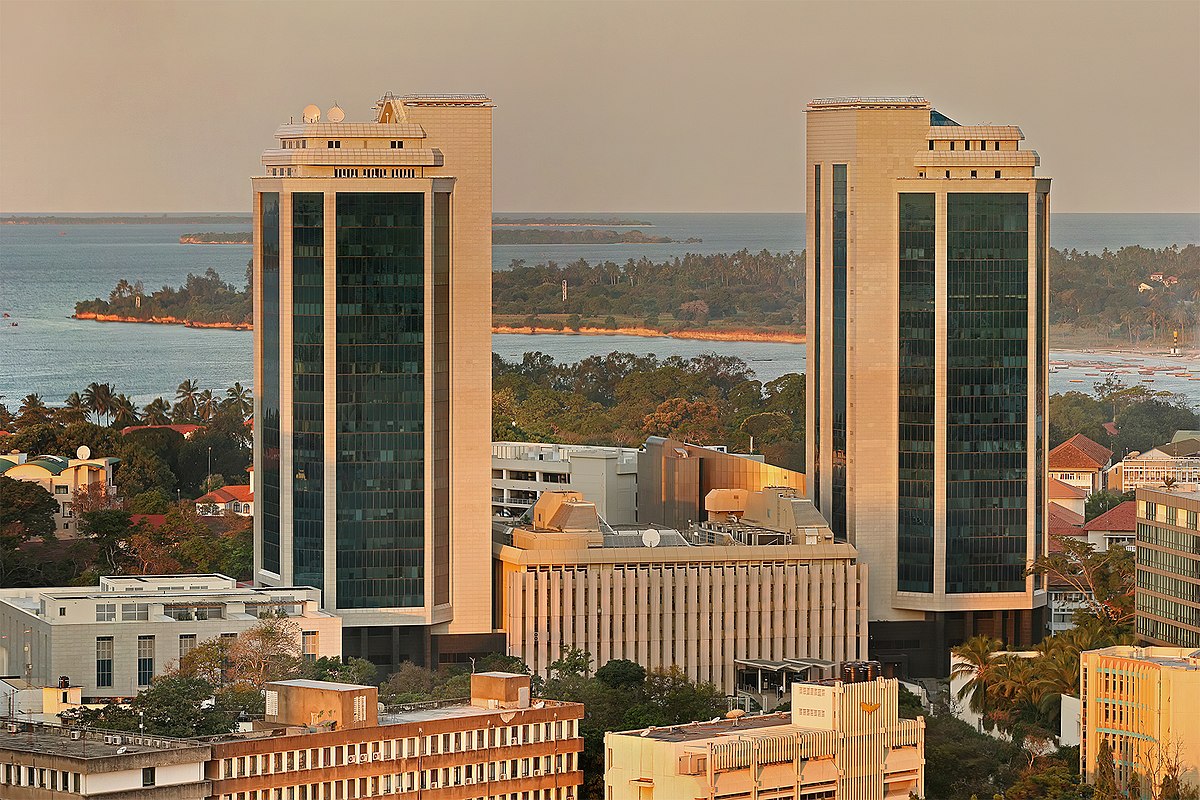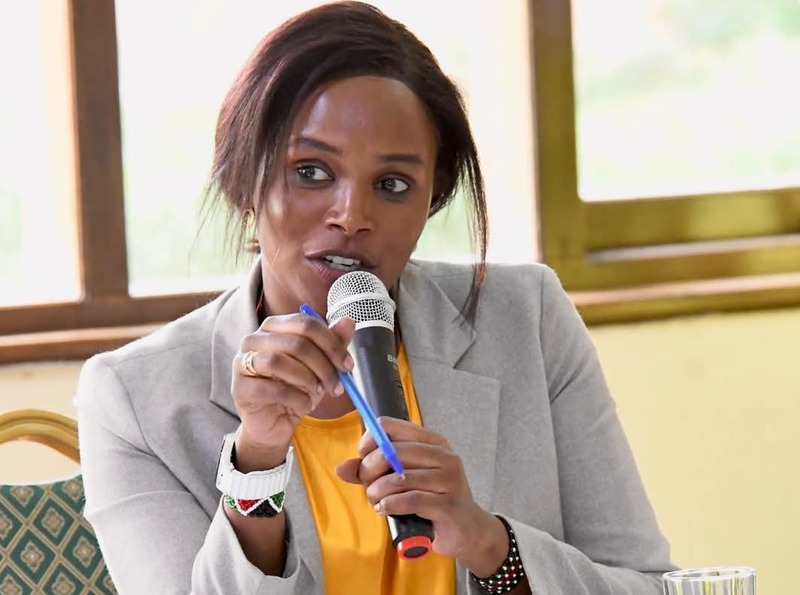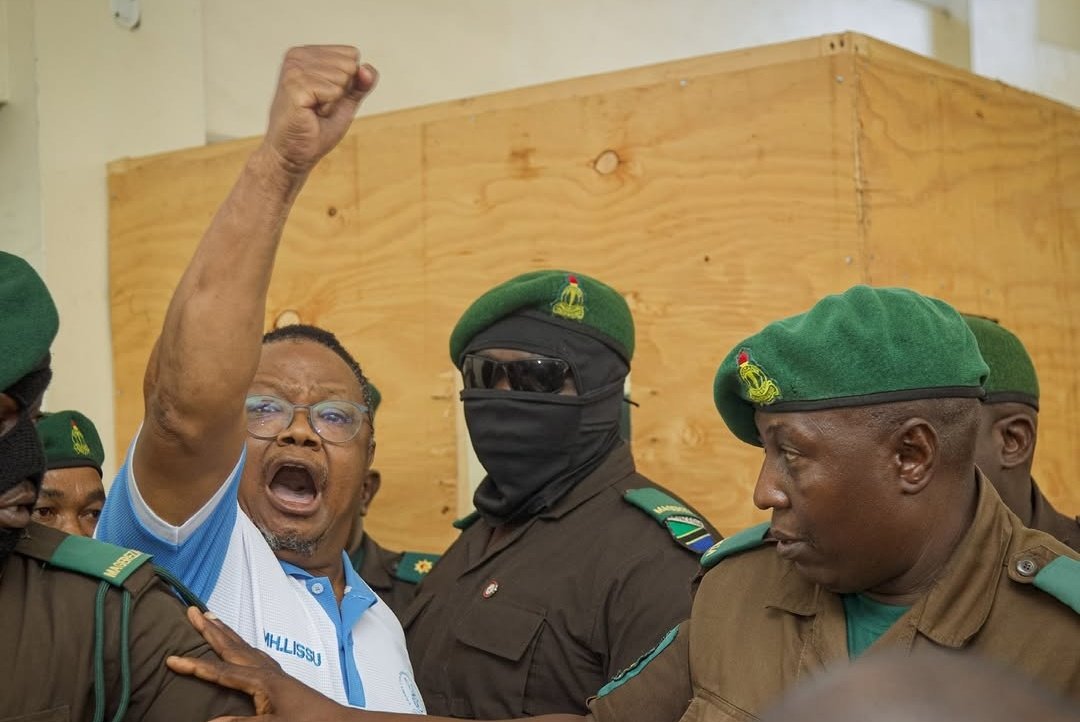Alone in the fight: Nairobi mother shares breast cancer battle after husband walks away
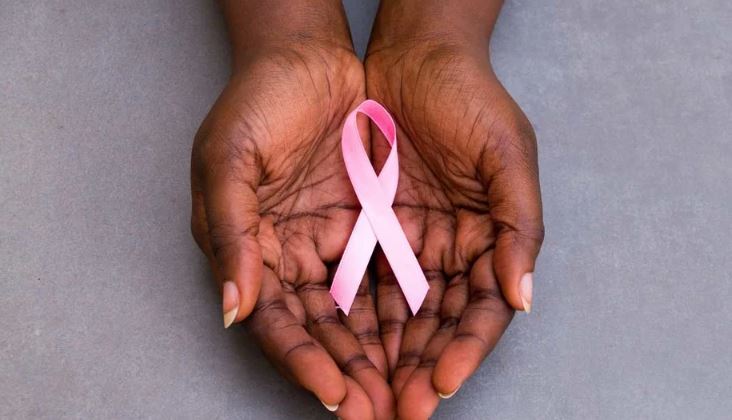
Coupled with family pressures and the high cost of follow-ups, many patients drop out of treatment or fail to adhere to therapy.
When Jane, now 49, was diagnosed with breast cancer in 2015, she believed the vows “for better, for worse” would stand the test of time. But that wasn’t the case. She quickly discovered that cancer can be one of the loneliest battles a person fights.
The emotional strain and financial weight of treatment placed a heavy burden not only on her but also on her caregivers.
More To Read
- Government launches flexible health insurance payment plan to boost access for informal sector
- Kenyan breast cancer patients to pay 67pc less for treatment under new deal with Roche
- Cancer patients left in limbo as KNH radiotherapy machine breaks down
- World Bank urges scrapping of SHIF deductions for low-wage workers, cites threats to UHC goals
- SHA warns employers to submit monthly contributions or face fines, jail time
- Kenya launches panel to review health benefit tariffs, promote equity and cost-effective care
For some, that pressure becomes too much to bear. In Jane’s case, her world unravelled further when her spouse walked away after learning about her diagnosis, leaving her to face the journey alone.
As a mother of five living in Nairobi, Jane suddenly found herself caught between two heartbreaking realities—seeking life-saving treatment and providing for her children.
Employed as a manual labourer in an Indian-owned firm, her job offered no security. Taking time off for illness didn’t come with compassion; it meant immediate replacement. With every hospital visit, she risked losing the only income that kept her family afloat.
“I first felt a lump in my breast, but the doctor told me it was nothing to worry about, so I let it go, but the pain got worse, and I decided to seek a second opinion. That’s when they suggested a biopsy. After about a month, I was told the truth—I had cancer.”
Gripped by fear, Jane withdrew from those around her.
Struggle to accept diagnosis
Even after consulting different oncologists, she struggled to accept the diagnosis until after one year. The reality of losing her life terrified her. More than that, the cost of treatment felt crushing. She feared spending everything she had and still not surviving, and the thought of leaving her children behind was unbearable.
“I finally accepted the need for treatment. But during surgery, I hadn’t fully grasped that removing the lump meant losing my entire breast. That realisation shook me. Then came the pain of chemotherapy, the endless begging for support, and the heartbreak of being fired from my job. It all came crashing down on me at once.
“The weight of radiotherapy, chemotherapy, and the depression that followed became almost unbearable. With no emotional support or counselling, I found myself sinking deeper into despair. I often thought about ending it all. Living with one breast and the constant fear of cancer returning haunted me every day. Without a support group or anyone to talk to, I started preparing my children for the worst, just in case.
"I'm still on medication—some treatments require you to stay on them for up to ten years. I haven’t gone for a checkup in the last three years, partly out of fear and partly because I can’t afford the tests. So, I just live with the hope that I’m still okay.
“Now, seven years cancer-free, I’ve turned my experience into a mission to raise awareness about cancer. My biggest plea is for counselling to be integrated into treatment, not just chemotherapy and medication. And I wish follow-up care could be made more affordable—because cancer doesn’t just attack the body, it drains everything.”
Dr Andrew Odhiambo, an oncologist based in Nairobi who specialises in cancer treatment through systemic therapy, highlights several barriers that continue to hinder early diagnosis and effective treatment of cancer in Kenya.
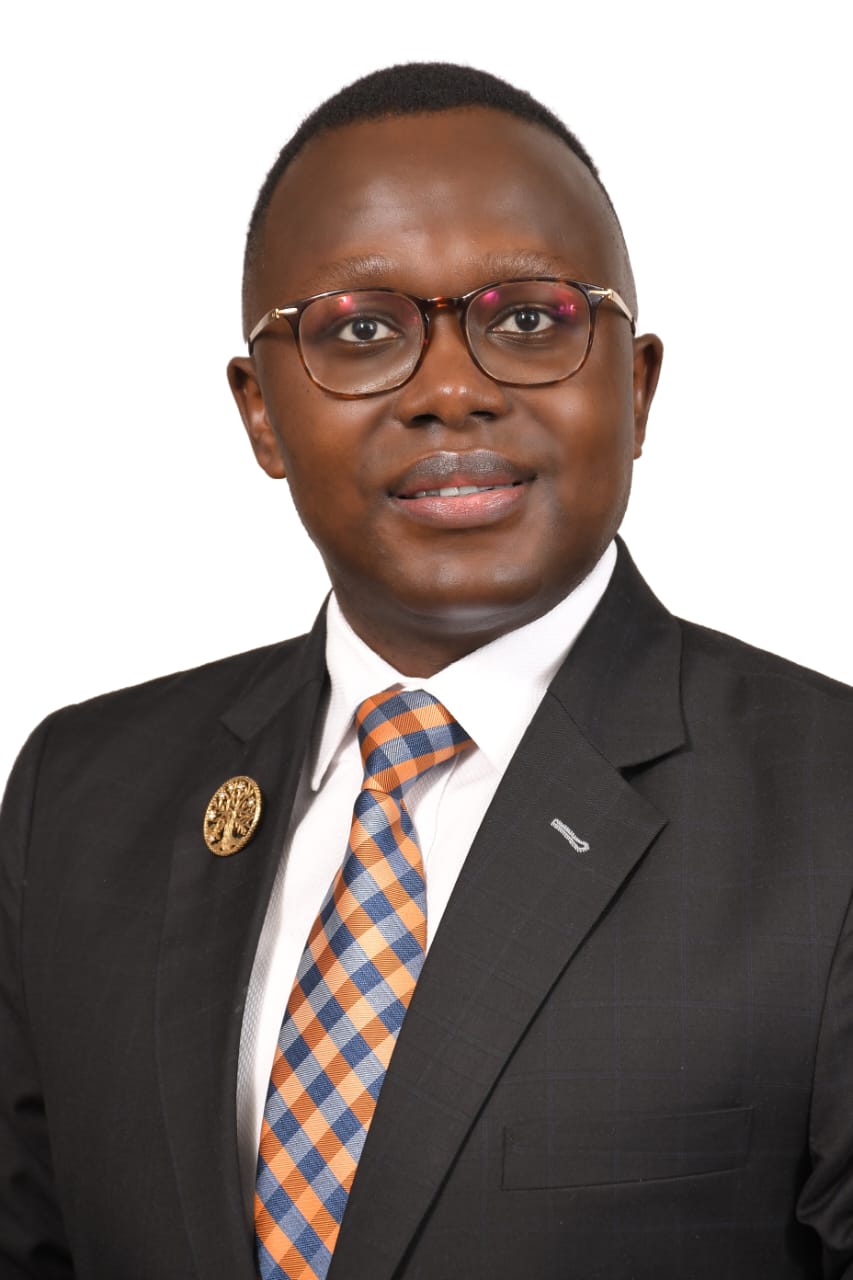 Andrew Odhiambo, a medical oncologist. (Photo: Photo Handout)
Andrew Odhiambo, a medical oncologist. (Photo: Photo Handout)
Lack of awareness
He notes that the biggest challenge is a widespread lack of knowledge and awareness about cancer symptoms and early warning signs.
“Many people simply don’t recognise the danger until it’s too late,” he says.
Geographic barriers also play a role, with some patients living far from cancer treatment centres, making access to care difficult and delayed.
“Despite the implementation of the Social Health Authority (SHA), many cancer-related costs are still paid out-of-pocket,” Odhiambo notes. “This limits health-seeking behaviour, especially among low-income families.”
He adds that fear of chemotherapy, biopsies, and even stigma often keeps patients away. In some cases, religious beliefs, poor referral systems from primary healthcare, and late-stage diagnosis contribute to poor survival outcomes.
“By the time many patients reach a cancer specialist, the disease is already advanced, which means higher treatment costs and fewer chances of survival,” he explains.
The doctor points out that the lack of diagnostic equipment in many counties remains a significant obstacle.
“Some tests, such as those for targeted treatments, require biopsies to be sent abroad—sometimes costing up to $3,000 (Sh388,000)—before we can even determine if a patient is eligible. This is simply unaffordable for most.”
Specialist gap
Another major issue, according to Odhiambo, is the specialist gap. Immunotherapy, for example, is limited to urban areas and requires highly trained personnel.
“We have very few doctors who are trained to administer such complex treatments. There are no enforced national guidelines, so each centre does what their team has been taught, leading to inconsistent care.”
He also emphasises the heavy emotional and financial burden cancer places on patients.
Coupled with family pressures and the high cost of follow-ups, many patients drop out of treatment or fail to adhere to therapy.
“The shortage of cancer specialists, especially in rural areas, means there’s limited collaboration between health professionals. This leads to burnout, delays in treatment, and inconsistencies that create anxiety for patients and families.”
He stresses the need for stronger palliative care programmes that are integrated into comprehensive cancer treatment strategies.
“We urgently need better referral systems, standardised communication, integrated medical records, improved training, and stronger community linkages. Without these, patients continue to fall through the cracks.”
Breast cancer is the most commonly diagnosed cancer among women worldwide, claiming approximately 1,800 lives every day.
In Kenya, it is the leading cause of cancer-related deaths in women, with an estimated 6,799 new cases diagnosed each year and around 3,107 deaths annually. Early detection and diagnosis through screening are crucial for improving treatment outcomes and survival rates.
Most breast cancers begin in the ducts or lobules and, if untreated, can spread to other parts of the body. This spread is known as metastasis. Though breast cancer can affect both men and women, it is far more common in women.
Each year, about 2.1 million new breast cancer cases are diagnosed globally, making up 24.2% of all cancer diagnoses in women. This statistic means that one in every four cancer patients is diagnosed with breast cancer.
In Kenya, breast cancer accounts for 16% of all cancer diagnoses, making it the most common cancer among Kenyan women. It is the second leading cause of cancer-related death in the country, with about 2,500 deaths annually.
Several risk factors contribute to the development of breast cancer. Age is one of the most significant risk factors, with most cases occurring in women over 50. Lack of physical activity also increases the risk, highlighting the importance of regular exercise, at least 30 minutes daily.
Genetic mutations can significantly increase the risk of breast cancer, as can heavy alcohol consumption and obesity. Dense breasts, where there is more connective tissue than fatty tissue, can also make it harder to detect tumours during screening.
Common symptoms of breast cancer include a lump in the breast or under the armpit, pain in the nipple area, irritation or dimpling of the skin on the breast, and nipple discharge, especially if it is bloody or not breast milk.
Early detection through screening, such as mammograms and clinical breast exams, is essential for improving survival rates.
Women between the ages of 40 and 74 are advised to have a mammogram every two years. Breast self-exams are also crucial in detecting changes early.
Treatment options for breast cancer include surgery, chemotherapy, radiotherapy, hormone therapy, targeted cancer drugs, and bone-strengthening medications.
Top Stories Today


